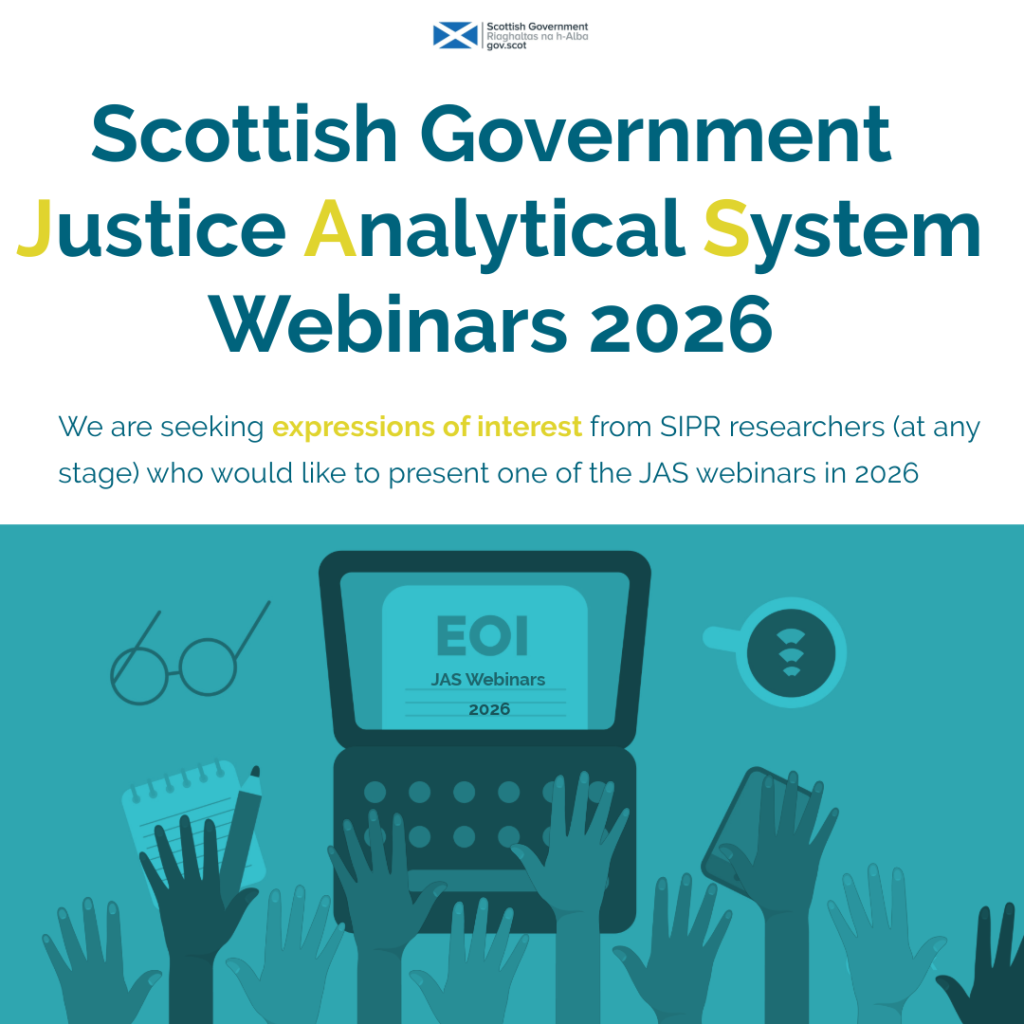The Scottish Institute for Policing Research are thrilled to announce the publication of a new extensive study Developing Fingermarks on Circulated Scottish Banknotes funded by the SIPR Future of Policing grants. Policing must continue to evolve. Ongoing political, economic, and societal changes require the police service to adapt and respond to future challenges and maximise the benefits of future opportunities. Policing policies and practices will need to embrace innovation, and work collaboratively and sustainably.
Dr Benjamin Jones, Senior Lecturer in the Division of Psychology and Forensic Sciences at Abertay University examined mint, laboratory handled, and circulated £5 and £10 polymer banknotes, studies the performance of fingermark visualisation processes and relates this to the degradation of the surface structure. The surface structure of the banknotes was studied to examine the texture at a macro and micro level. Circulation of banknotes causes degradation of the surface structure, with different features observable by eye and with simple light microscopy, such as folds and cracks, loss of intaglio and pearlescent surfaces, and contamination. At a higher resolution the formation of a micro-cracked surface structure can be seen in the handled and circulated notes. The wettability of the surface is also increased. These micro features can lead to the trapping of powder, or contaminants, increasing quantity of development agent in fingermark background between the ridges, decreasing contrast and decreasing performance of powder-based fingermark development techniques. For example, circulation of Bank of Scotland notes reduced the number of marks developed with PS showing ridge detail from 63% to 29%. These same features can restrict the migration of components of the fingermark, lessening fingermarks degrading through spread of material and thus reducing potential formation of empty prints, so that VMD development is not adversely affected to the same extent by the surface degradation, showing a reduction from 92% to 70% with circulation.
The full report, which includes recommendations for policy and practice in this area can be found on the SIPR Website using the link below.



